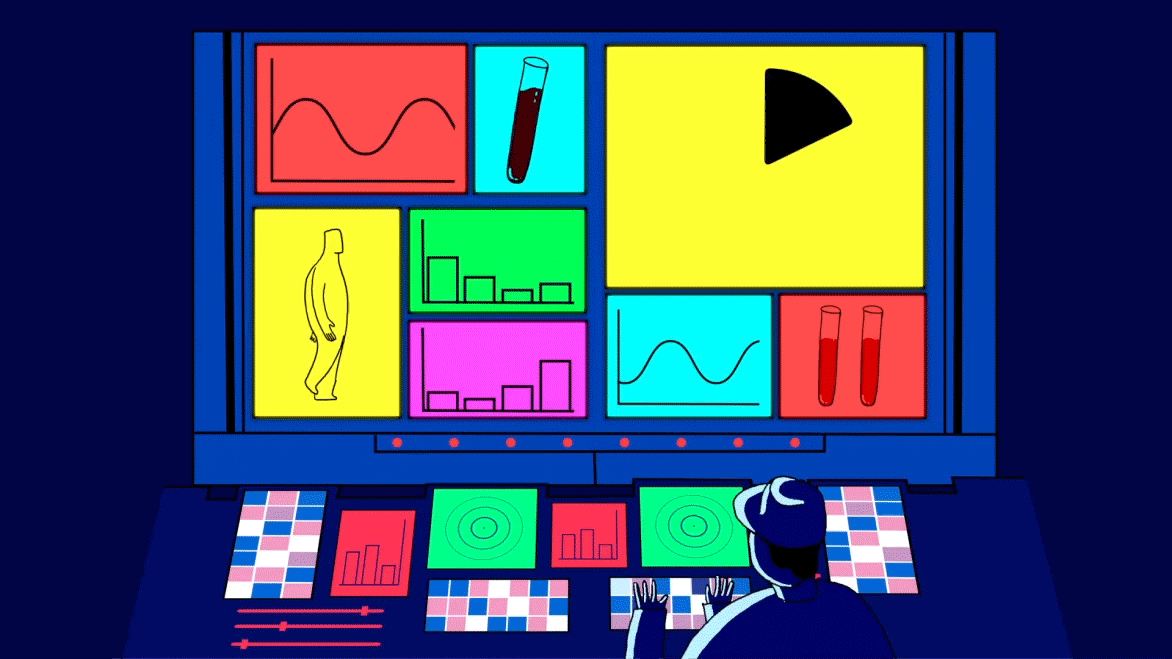
Credit: Andrew Khosravani
Modern medicine advances so quickly that it might be surprising to learn that a 100-year-old treatment for prostate cancer is still relevant. Brachytherapy, which involves bombarding the tumour with radiation from isotopes positioned around it, has a track record as a safe and effective procedure, and is less costly than other interventions such as robot-assisted surgery. Nevertheless, many oncologists are concerned that the technique could fall out of use.
In the first demonstration of brachytherapy in 1911, French physician Octave Pasteau used a urethral catheter containing radium. The technique evolved, and by the 1980s, a version known as low-dose-rate (LDR) brachytherapy, which is still in use today, had emerged. The therapy involves injecting ‘seeds’ of radioactive iodine or palladium into the gland, with the help of ultrasound imaging. These seeds are permanently embedded, releasing radiation for several months.
The process poses some problems: implanted seeds can expose patients’ sexual partners to radiation, and the seeds can migrate into healthy tissues over time, for example. Another iteration of the treatment, known as high-dose-rate (HDR) brachytherapy, remedies this by temporarily introducing iridium isotopes into the prostate inside catheters.
LDR brachytherapy has long been used to treat people with prostate tumours, and the clinical performance of the HDR variety is promising. Both are delivered alone or alongside other treatments. But the use of both forms is in decline. In 2002, 17% of people in the United States with prostate cancer received the treatment; by 2010, that number had fallen to just 8% (J. M. Martin et al. Cancer 120, 2114–2121; 2014).
In part, this decline can be ascribed to the fact that aggressive treatment by any method has become less common — many clinicians now opt instead to keep a close eye on low-risk tumours. But brachytherapy is also being eclipsed by more technologically sophisticated treatments such as robot-assisted surgery and proton therapy — a shift partly facilitated by hospital-reimbursement policies that favour newer approaches. The fall has alarmed many oncologists and radiotherapists, with some suggesting that it could lead to a decline in cure rates.
Without action, brachytherapy’s decline in use seems set to continue. The drop means fewer opportunities for medical students and residents to see the technique in action — a feedback loop that, according to a survey of US radiation-oncology residents, might already be affecting their familiarity with the technique (N. Nabavizadeh et al. Int. J. Radiat. Oncol. Biol. Phys. 94, 228–234; 2016). But the radiation-oncology community is taking steps to ensure that brachytherapy remains an option. The American Brachytherapy Society in Reston, Virginia, has embarked on an initiative to train 30 practitioners in the technique every year for the next decade. And the American Society for Radiation Oncology is lobbying the US Centers for Medicare and Medicaid Services to re-evaluate how it reimburses hospitals for certain treatments. Brachytherapy has a long history, and many practitioners think that if it disappears, it is patients who will lose out.
Nature is pleased to acknowledge the financial support of the J-POPS Study Group, Nihon Medi-Physics Co., Ltd, the National Hospital Organization Tokyo Medical Center and the Translational Research Center for Medical Innovation. As always, Nature retains sole responsibility for all editorial content.

 Nature Outline: Prostate cancer
Nature Outline: Prostate cancer
 Keeping treatment options open
Keeping treatment options open
 Brachytherapy’s fight for survival
Brachytherapy’s fight for survival




